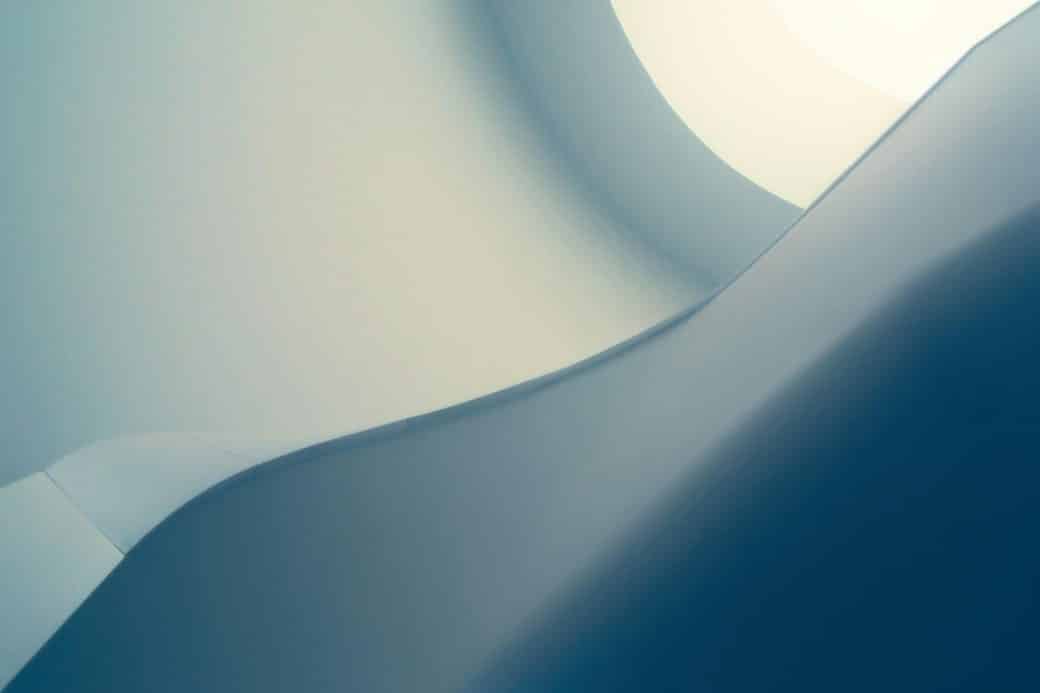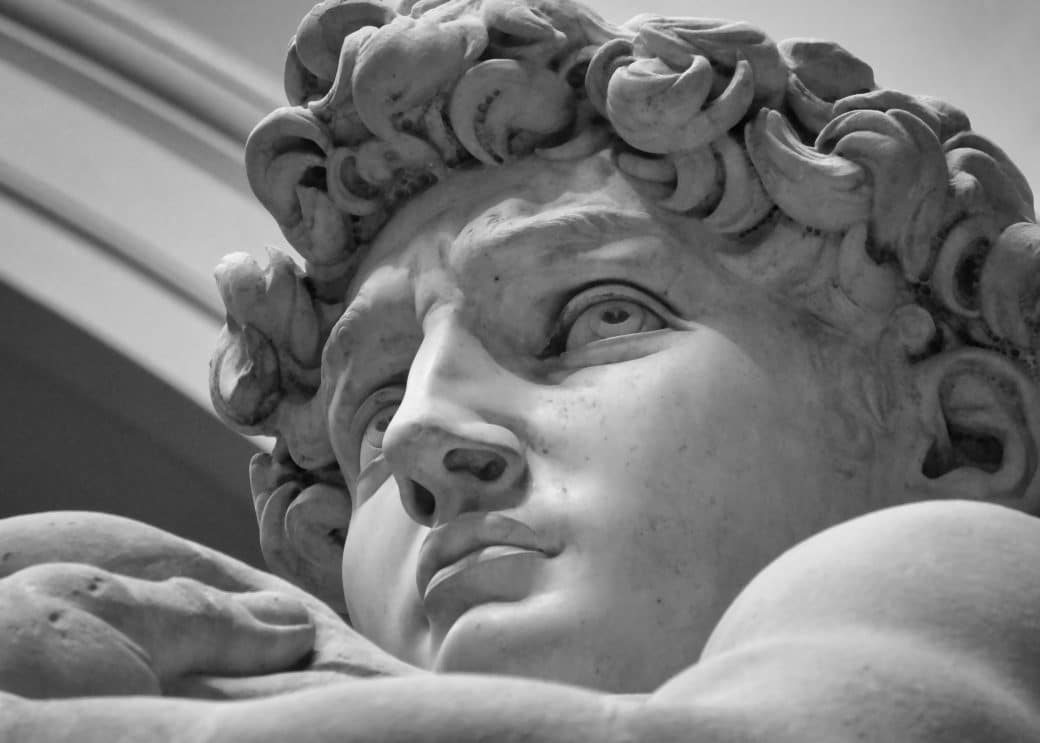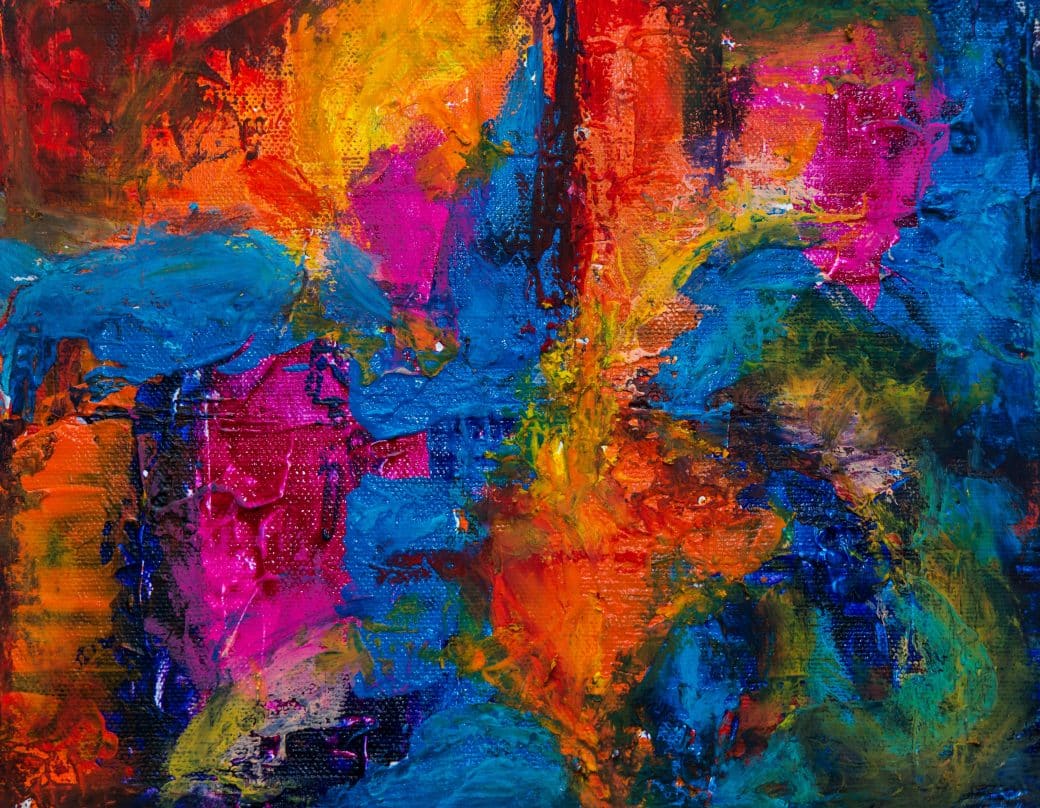Embarking on a journey through the annals of art history, I’ve taken a deep and insightful look into the evolution of figurative sculpture. This fascinating research piece unveils the transformative path of sculptural art from its ancient origins to contemporary expressions. It’s a story told through the chisel marks left by artisans across millennia, tracing how societal changes, technological advances, and cultural shifts have shaped the creation and interpretation of human figures in sculpture. Through my exploration, I aim to bring to light not just the physical evolution of these art forms but also the changing philosophies and aesthetics that have guided artists throughout the ages.

Prehistoric Origins of Figurative Sculpture
Paleolithic and Neolithic Sculpture
The very essence of human creativity began to shine in the Paleolithic and Neolithic eras, where the first inklings of figurative sculpture emerged from the depths of prehistory. I’ve always been fascinated by these ancient artifacts, not just for their artistic merit but for what they represent about early human culture. From the rough-hewn beauty of the Venus of Willendorf to the meticulous detail of the Lion-man of the Hohlenstein-Stadel, each piece seems to whisper secrets of a bygone era. These sculptures were not merely decorative; they served as talismans, fertility symbols, or part of ritual practices, embodying the hopes, fears, and dreams of our ancestors.
Significance of the Venus Figurines
The Venus figurines, in particular, have always held a special place in my heart. These small statuettes of women, found across Europe, are among the earliest representations of the human form. Their exaggerated features have been interpreted in numerous ways, from symbols of fertility and motherhood to representations of a goddess cult. To me, they’re a poignant reminder of the timeless nature of art’s capacity to convey meaning and connect us to the universal aspects of human experience.
Primitive Symbolism and Abstraction
The transition from the literal to the abstract in primitive sculpture fascinates me. Early humans began to explore not just the reproduction of the human form but also its symbolic representation. Abstract forms, such as simple geometric patterns or stylized animal shapes, served as a visual language, communicating ideas and stories long before written language solidified these narratives. This interplay between realism and abstraction in early art forms underscores the versatility and expressiveness of sculpture as a medium.
Figurative Sculpture in Ancient Civilizations
Egyptian Statues and Symbolism
The Egyptians took the representation of the human form to an entirely new level. Their statues, imbued with a sense of eternity, were more than mere art; they were vessels for the soul in the afterlife. I am particularly moved by the serene majesty of figures like those of Pharaoh Menkaure with his queen. The use of scale to denote importance, the hierarchical representation of figures, and the deep symbolism embedded in each work — from the posture to the attributes the figures carried — showcases the profound religiosity and the highly structured society of ancient Egypt.
Mesopotamian Stone Sculptures
Similarly, the civilizations of Mesopotamia offered their unique contribution to the evolution of figurative sculpture. The statues from this region, often depicting gods, goddesses, and rulers, bear a distinct solemnity. What strikes me most is their gaze — the large, deeply carved eyes that seem to implore intercession or offer protection. These sculptures aren’t just works of art; they are participants in the spiritual and civic life of their societies, embodying the connection between the divine and the mortal.
Early Greek Bronze Sculpture
The early Greeks were perhaps the first to idealize the human form in their sculptures, laying the groundwork for Western art’s obsession with humanism. The transition from the rigid poses of the Archaic kouroi to the dynamic vitality of the Classical period is a testimony to their evolving understanding of human anatomy and movement. The Riace Warriors, for example, with their detailed musculature and poised readiness, celebrate the human body in a way that feels both timeless and profoundly connected to the human spirit.
Roman Marble Statuary
The Romans, in their turn, inherited and adapted the Greek traditions, pushing the boundaries of realism even further. Their sculptures, replete with intricate details and emotional expressiveness, capture the individuality of their subjects. The verism seen in many Roman portraits, where every wrinkle and flaw is meticulously rendered, speaks to a fascination with the true likeness that resonates with our modern sensibilities.
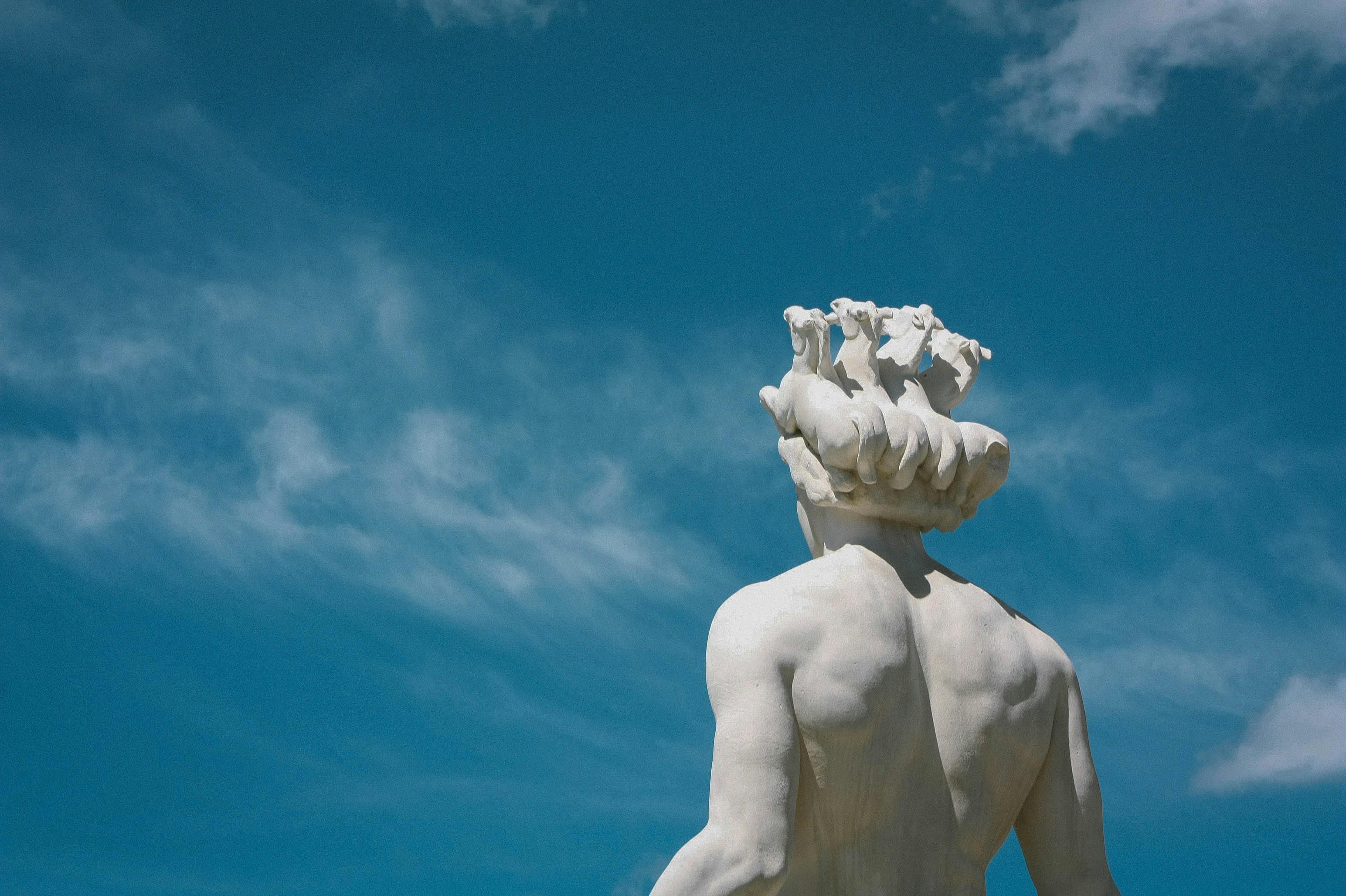
Medieval Shifts in Sculpture
Religious Influence on Figurative Sculpture
As we move into the Medieval period, the focus of figurative sculpture shifts significantly. The predominance of Christianity dramatically influenced the themes and purposes of sculpture. It’s intriguing to see how the human form becomes a vessel for conveying religious truths, with an emphasis on narrative reliefs and statues that adorned cathedrals and churches. The stylization and lack of proportion seen in Romanesque sculptures, for instance, reflect a move away from realism towards a more symbolic representation of divine or moral themes.
Iconography and saints
The depictions of saints and biblical figures in medieval sculpture are laden with iconography, each attribute and gesture imbued with meaning. I’ve spent hours poring over sculptures of Saint Michael defeating the dragon or Saint Christopher carrying the Christ child, marveling at how these artworks served both as devotional objects and as visual storytelling tools, teaching the illiterate masses the stories of their faith.
Gothic Statues and Gargoyles
The Gothic period brought a return to a more naturalistic portrayal of the human figure, seen in the elongated elegance of statues adorning the facades of cathedrals like Chartres. Yet, what captures my imagination most vividly are the gargoyles — these grotesque sculptures that perch high above, serving as both spiritual protectors and rain spouts. Their fantastical forms, a blend of human and animal, seem to embody the medieval world’s melding of the sacred and the secular.
Renaissance Innovations
Impact of Humanism on Figurative Sculpture
The Renaissance marked a rebirth of interest in the literature, art, and philosophy of ancient Greece and Rome, which profoundly impacted figurative sculpture. Humanism, the guiding philosophy of the Renaissance, placed humans and their values at the center of the universe. As a result, sculptors began to explore themes of beauty, proportion, and the human experience with renewed vigor. The shift is palpable when comparing the sculptures from this period with those that preceded them; there’s a liveliness, a sense of movement and emotion in Renaissance sculptures that feels like a direct conversation across the ages.
Notable Works by Michelangelo and Donatello
Michelangelo and Donatello are, to me, the epitome of Renaissance sculpture. Donatello’s bronze David, with its contrapposto stance and youthful vulnerability, broke away from medieval conventions and explored the human form with an intimacy and realism that was revolutionary. Michelangelo’s David, on the other hand, is a marvel of scale and detail, embodying the Renaissance ideals of human beauty and strength. But it’s his Pietà that truly touches my heart, with its exquisite portrayal of sorrow and compassion — a reminder of the depth of emotion that sculpture can convey.
The Female Form in Renaissance Art
The Renaissance also saw a renewed interest in the female form, depicted with an unprecedented realism and sensitivity. From the ethereal beauty of Botticelli’s Birth of Venus to the statuesque grace of Michelangelo’s Night, the representation of women in Renaissance art reflects the era’s exploration of humanism, beauty, and the diversity of the human experience. These depictions, while idealized, offer a window into the changing perceptions of femininity and the role of women in society during this transformative period.
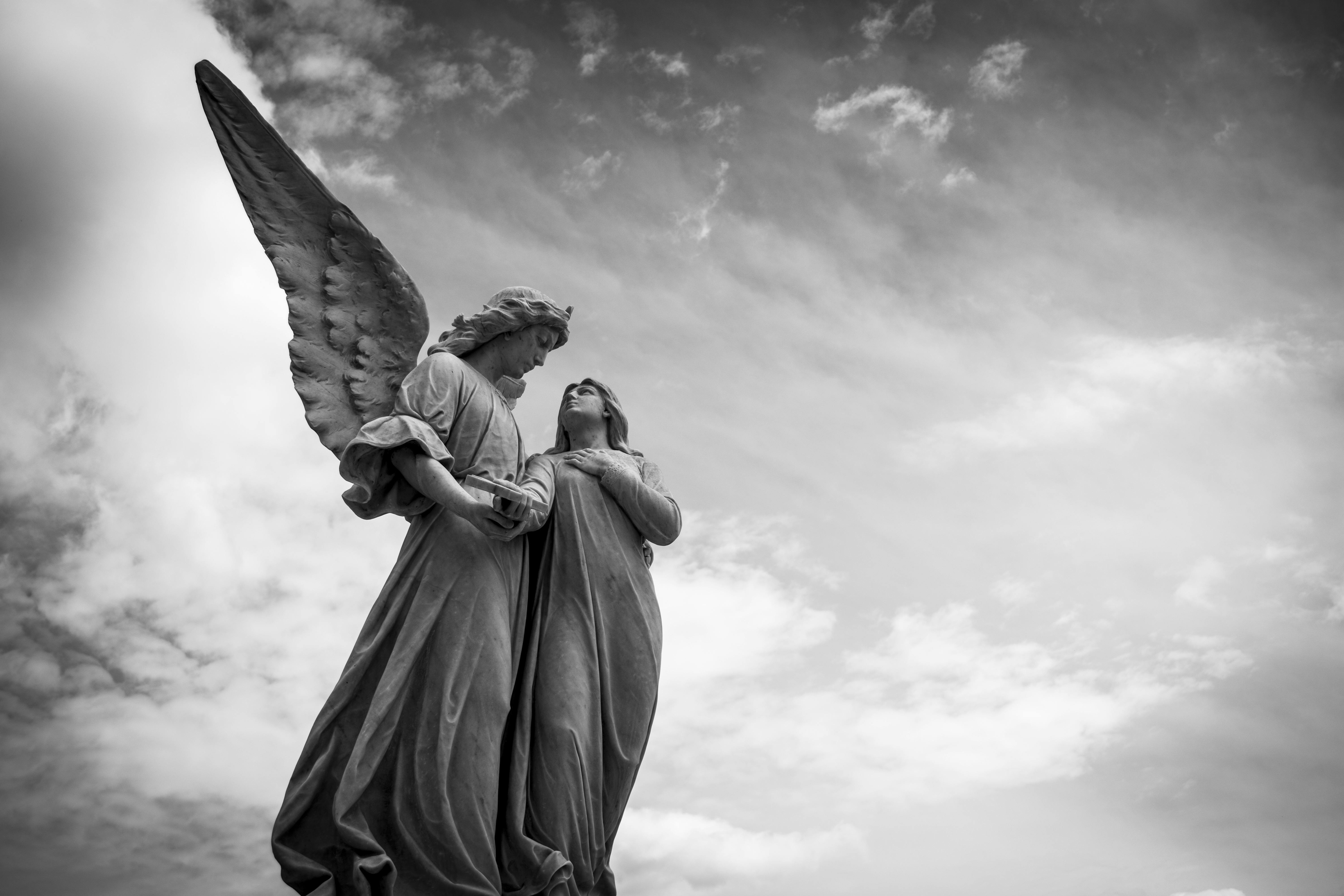
Baroque and Rococo Periods
Dynamic Movement and Drama in Baroque Sculpture
The Baroque period took the humanist ideals of the Renaissance and infused them with a sense of motion and emotion that is utterly captivating. Sculptures from this era are characterized by their dramatic poses, dynamic movement, and the intense play of light and shadow. To stand before Bernini’s Ecstasy of Saint Teresa is to witness the pinnacle of Baroque sculpture’s ability to capture a transient moment of spiritual rapture so vividly that it almost seems alive.
Rococo’s Emphasis on Decoration and Elegance
In contrast, Rococo sculpture, with its emphasis on decoration, elegance, and playful themes, represents a lighter, more whimsical turn. The delicate swirls and intricate details of Rococo pieces speak to a world of luxury and leisure, a far cry from the solemn grandeur of the Baroque. Yet, there’s a charm and a technical mastery in these works that can’t help but draw one in, a reminder of the endless adaptability and appeal of the sculptural form.
Sculptural Works of Gian Lorenzo Bernini
Gian Lorenzo Bernini stands out as the master of Baroque sculpture, merging technical brilliance with an unparalleled ability to convey emotion. His works, whether the aforementioned Ecstasy of Saint Teresa or the dramatic Apollo and Daphne, are not just sculptures; they are narratives told in marble and bronze, captivating stories of passion, transformation, and divinity that resonate with viewers across centuries.
Neoclassical and Romantic Sculpture
Neoclassical Revival of Classical Form
As we move into the Neoclassical period, there’s a fascinating return to the simplicity and purity of ancient Greek and Roman art. This revival was, in part, a reaction against the excesses of the Baroque and Rococo periods, but it also aligned with Enlightenment ideals of reason and democracy. Neoclassical sculptures, such as those by Canova or Thorvaldsen, emphasize harmony, proportion, and restrained emotion, embodying the period’s fascination with classical antiquity and its values.
Romantic Reaction against Enlightenment Values
In contrast, Romantic sculpture breaks away from the rationalism of the Neoclassical to embrace a more expressive, emotional approach. Romantic artists were captivated by themes of nature, passion, and the sublime, often depicting heroic or tragic figures that stir the soul. The works of artists like François Rude, especially his Departure of the Volunteers of 1792 (also known as La Marseillaise), powerfully encapsulate the Romantic spirit, with its emphasis on movement, vigor, and the depth of human experience.
Sculptural Portrayals of Heroism and Tragedy
Both Neoclassical and Romantic sculptures, despite their stylistic differences, grappled with the portrayal of heroism and tragedy. They drew on historical and mythological subjects to explore complex human emotions and ideals. These portrayals reflected the tumultuous times in which the artists lived, from the revolutions that rocked Europe to the profound changes brought about by the Industrial Revolution. Through the medium of sculpture, Neoclassical and Romantic artists engaged with questions of identity, morality, and the nature of beauty, leaving a legacy that continues to inspire and challenge us.
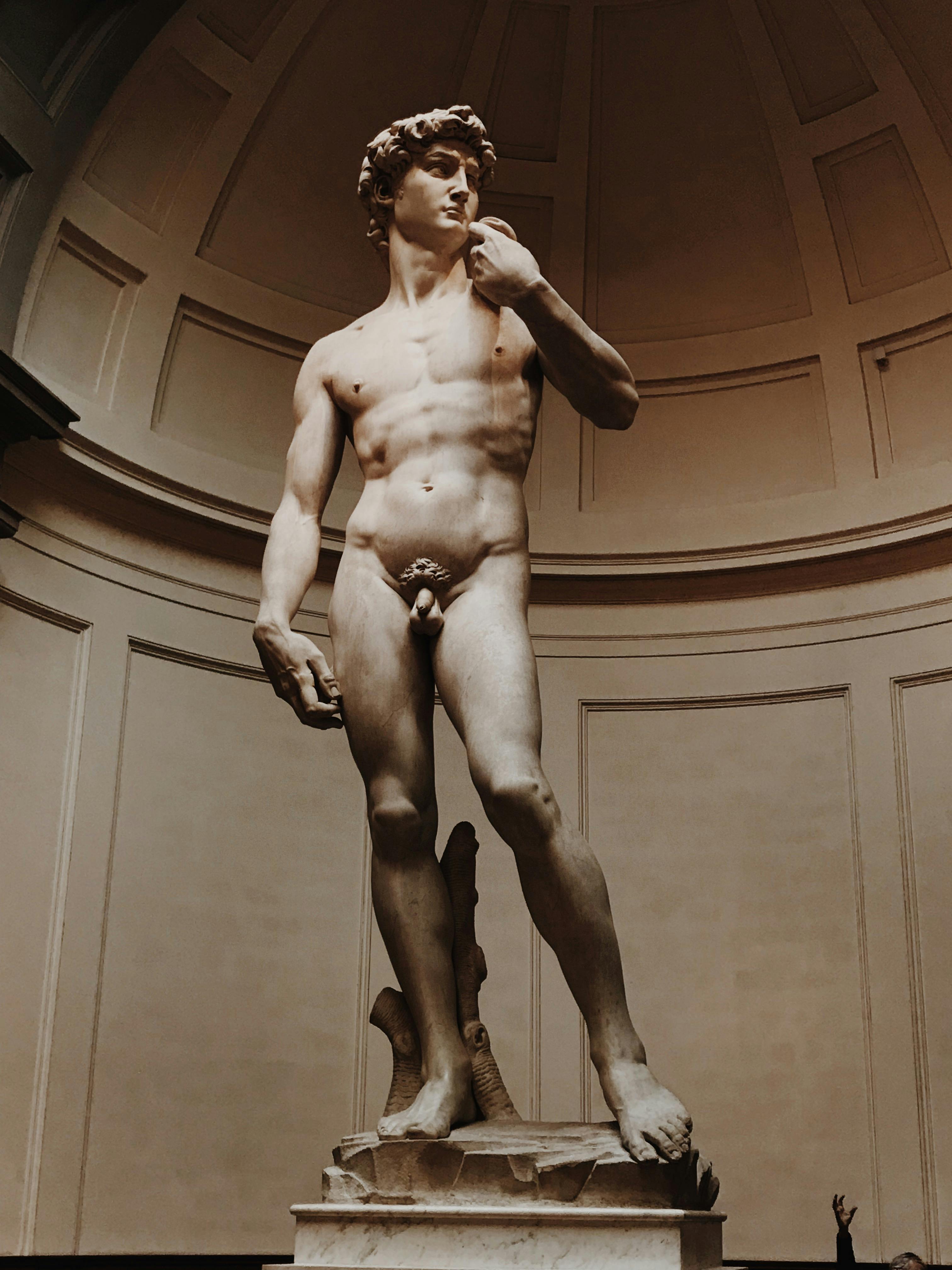
Modernist Transformations
Bridging the Gap: Rodin and Modern Sculpture
Auguste Rodin is often heralded as the father of modern sculpture, and for good reason. His approach to sculpting the human body, focusing on expression, movement, and the texture of the material, revolutionized the art form. Works like The Thinker and The Gates of Hell bridge the gap between traditional figurative sculpture and the experimentation that would define the 20th century. Rodin’s influence is undeniable, opening the door for artists to explore new themes, techniques, and materials.
Cubist and Futurist Sculpture
The early 20th century saw the rise of Cubism and Futurism, movements that broke with the past in radical ways. Artists like Picasso and Boccioni deconstructed the human form into geometric shapes, or thrust it into dynamic motion, challenging viewers to see the world from a new perspective. These sculptures were not just representations of reality but abstract explorations of time, space, and the essence of movement. Their fragmented forms and innovative use of materials reflect the tumult and excitement of an era on the brink of profound change.
Expressionist and Surrealist Sculpture
Expressionism and Surrealism took the exploration of the human psyche to new depths. Expressionist sculptures, with their distorted forms and exaggerated features, convey intense emotional experiences, reflecting the anxieties and hopes of the early 20th century. Surrealist sculptures, on the other hand, delve into the realm of dreams and the subconscious, combining elements in unexpected ways to challenge perceptions of reality. Artists like Ernst, Dalí, and Giacometti created works that disturb, fascinate, and provoke, urging us to question our assumptions and explore the mysteries of the mind.
Postmodern and Contemporary Sculpture
The Urban Landscape and Public Art Installations
In the postmodern and contemporary era, sculpture has burst from the confines of galleries and museums into the public sphere. Urban landscapes have become canvases for large-scale installations and interactive pieces that engage with issues of identity, community, and the environment. These works, ranging from the monumental to the ephemeral, invite passersby to interact with art in their everyday lives, blurring the lines between the public and the private, the sacred and the profane.
Art and Consumerism: Pop Art Sculpture
Pop Art sculpture, with its bold colors, commercial imagery, and ironic take on consumer culture, reflects the complexities of life in the late 20th and early 21st centuries. Artists like Warhol and Koons transformed everyday objects and icons into art, challenging traditional notions of artistic value and beauty. Their works, often mass-produced or incorporating mass-produced elements, comment on the commodification of art and the pervasive influence of advertising and media in our lives.
Body Art and Performance
The late 20th century also saw the emergence of body art and performance as a form of sculptural expression. Artists like Marina Abramovic have used their bodies as mediums, pushing physical and psychological boundaries to explore identity, endurance, and the relationship between the artist and the audience. These performances, often transient and deeply personal, expand the definition of sculpture to include the corporeal and the temporal, inviting us to consider the impermanence of art and life.
Criticism and Interpretations of Figurative Sculpture
Debates on Representations of the Human Form
Figurative sculpture has always been at the center of debates about representation, aesthetics, and ethics. Questions about idealization versus realism, the portrayal of gender and race, and the appropriation of cultural symbols have sparked intense discussions. These debates not only reflect changing attitudes toward art and representation but also broader shifts in society’s values and beliefs. As we grapple with issues of identity and diversity, the ways in which we create and critique representations of the human form in sculpture remain as relevant as ever.
Psychological Analysis of Sculptures
Another fascinating aspect of figurative sculpture is its psychological dimension. The way artists depict the human body and face can reveal much about their perceptions, intentions, and the societal norms of their time. Moreover, our reactions to these sculptures—what we find beautiful, disturbing, or moving—can teach us about our own psychology and cultural conditioning. Psychoanalytic and psychological interpretations of sculpture offer deep insights into the human psyche, revealing the power of art to affect us on an unconscious level.
Socio-political interpretations of Public Statues
Public statues and monuments, as embodiments of collective memory and identity, are potent symbols of social and political values. These sculptures often become focal points for discussions on history, power, and representation. Debates over the removal or preservation of certain statues highlight the contentious nature of public art and its role in shaping civic spaces and narratives. The socio-political interpretation of these works invites us to consider who is commemorated, who is omitted, and why, raising important questions about memory, justice, and the reshaping of public spaces.
Future of Figurative Sculpture
Influence of Digital Technology on Sculpture
The advent of digital technology has opened up new frontiers for figurative sculpture. From 3D printing to virtual reality, artists are experimenting with ways to create, display, and interact with sculptural works. These technologies not only expand the possibilities for artistic expression but also democratize the production and dissemination of art. As we move forward, the fusion of digital and traditional techniques promises to redefine the boundaries of sculpture and enable more people to participate in its creation and appreciation.
Innovations in Material and Technique
Innovation in materials and techniques continues to push the boundaries of what figurative sculpture can be. Artists are experimenting with everything from recycled plastics to living tissues, exploring themes of sustainability, transience, and the intersection of the organic and the artificial. These explorations not only challenge our perceptions of what materials can be used in art but also prompt us to think about our relationship to the material world and the ethical implications of our artistic choices.
Trends in Contemporary Figurative Sculpture
Contemporary figurative sculpture is as diverse and dynamic as the world from which it arises. While some artists embrace hyperrealism, capturing every detail with astonishing accuracy, others explore abstraction or combine human figures with fantastical elements. Themes of identity, the body, and the interplay between the physical and digital realms dominate. As we look to the future, the evolution of figurative sculpture will undoubtedly continue to reflect our changing world, serving as a mirror for our collective hopes, fears, and dreams.
Figurative sculpture, with its rich history and ceaseless innovation, remains a vital and evolving form of artistic expression. From the earliest representations of the human form to the latest digital creations, sculptors have explored the complexities of the human experience, challenging us to see ourselves and our world in new ways. As we move forward, the legacy of figurative sculpture—as a medium of beauty, provocation, and discovery—remains as enduring and relevant as ever.

